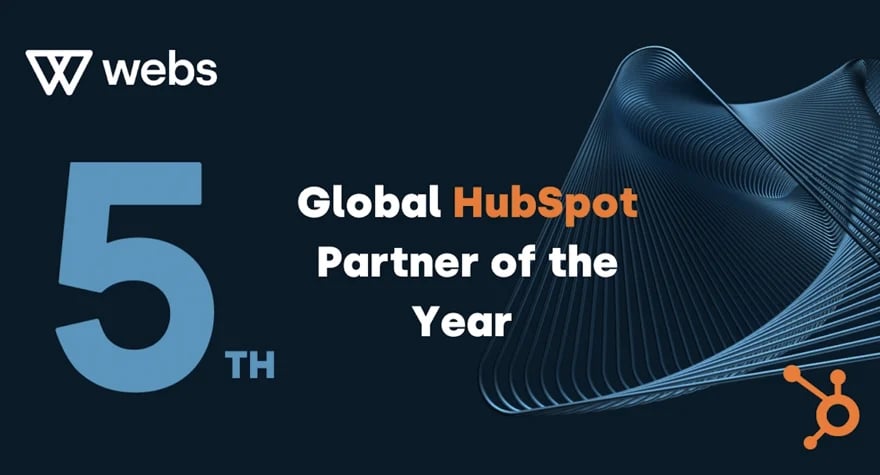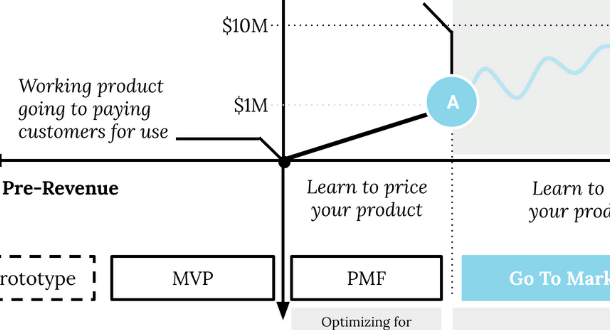The days when a single software package was all you needed to run your business are long gone. Even traditional software suites like Microsoft Office offer different licensing models to meet specific needs, and allow you to pick out only those features you actually need.
The good news; you can use the software that is best for you. The bad news; your data is stored and managed anywhere and everywhere.
Brands depend on communications and services more than the product itself. The reason companies like Uber and Netflix have become so big so quickly is not just because they can transport you from a to b or enable you to watch a movie or series. Both companies understood early on that the customer experience is essential in differentiating themselves. After all, the product itself, transportation and media, had existed for years in the form of cabs and video stores.
For an outstanding customer experience, you will have to consider all the moments when you have contact with your (potential) customer, and choose the best tools that can provide the best experience at that moment. All departments, from marketing to sales to service, have different needs and will use their own specialized software. However, they will also all generate and consume customer data.
If these tools are not linked together, the departments can never work together optimally, either. The marketing team may try to generate a lead, when in reality this contact has long been a customer. The support team may ask all kinds of questions for which the sales team has the answer ready. In short, the data used by different teams may be outdated, inaccurate or simply incorrect.
Explaining the benefits of aligned departments is actually redundant; if marketing turns left while sales turns right, by definition your customers will have a confusing experience with your company, resulting in little trust even before they become your customers.
Aligning your direction and the processes that go along with it does not stop with agreeing on a unified communication strategy. Only when all departments have the same information can you provide a unified experience to your customers.
You can communicate or act on aggregate data because you know that your customers are generally between 30 and 50 years old, often like running and watch a lot of series. But a person is not a data set but a person with specific needs.
If you know who you are talking to, you can tailor the customer experience to these specific needs rather than a statistic.
The marketing department generates new leads every day, which are followed up by your sales department. But what exactly happens to those leads? Are they actually being converted to customers or are they just keeping your sales colleagues off the street?
Creating insight into the quality of your effort will improve the efficiency of your teams and ultimately the performance of the entire company. Synchronizing analytics data allows everyone to make informed decisions and justify their efforts.

Want to get the most out of HubSpot? Subscribe to our newsletter, follow us on LinkedIn, or attend our HubSpot User Days!
Explore HubSpot User DaysThese Related Stories


